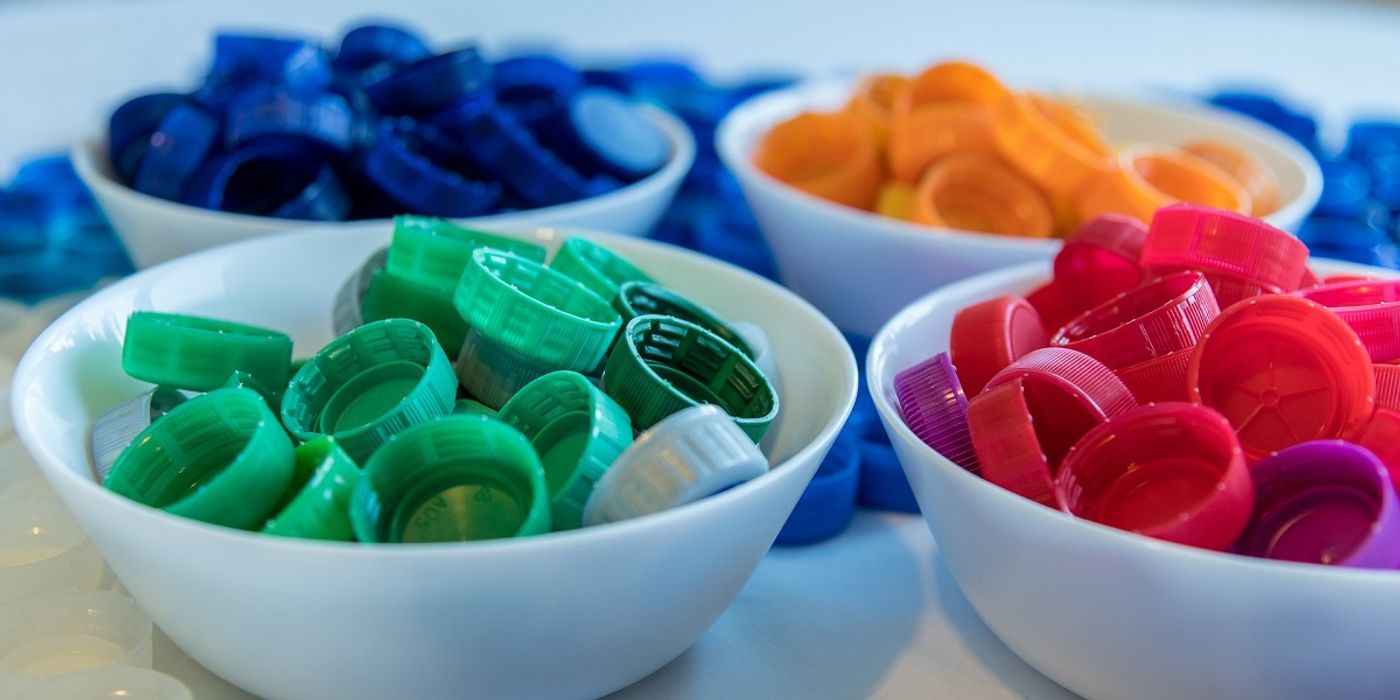The Next Step in Global Plastic Recycling
Plastics are one of the most commonly used materials in the modern world. We use plastic for everything, clothes, electronics, medical supplies, and much more. But most plastic ends up in landfills and is not recycled. In 2018, less than nine percent of plastic was recycled. In order to use plastic more sustainably, we must move toward a more circular economy. Keeping materials within the value chain for a longer period of time, getting more use out of a particular resource is the basis of a circular economy. Recycling plastic for as long as possible is essential to using plastics responsibly.
Recycling plastic is difficult and usually not economically valuable. It can cost a lot of money to pay people to individually sort and clean plastics, so much of the time, they are chipped and sorted in other ways, like flotation of chipped pieces, or mechanical sorting. There are many different kinds of plastic, including thermoplastics like polyethylene terephthalate (PET) and high-density polyethylene (HDPE); thermosets like melamine, silicone, and epoxies; and fibers like acrylic, polyester, and spandex. Some are easier to recycle than others, and they must be treated in different ways in order to be successfully recycled. They also have different values and qualities for different recycled applications.
A new study offers a potential solution for the sorting problem. AI has been successfully trained to distinguish different kinds of plastic very quickly, allowing for quick factory automation of plastic sorting. A machine with incredibly sensitive hyperspectral cameras can identify the composition of different plastics. After some quick math transformations of imagery data, machine learning can aggregate the data and identify at least thirteen different kinds of plastics. Machinery that already exists can then sort the different material into different places to be recycled independently. This can increase the quality of plastics intended for recycling, as only the highest quality plastic is eligible for recycling.
It can be easily scaled and adopted by many recycling plants, as similar technology already exists using cameras to sort materials of all kinds. This could help economically advantaged countries to take ownership of more of their waste and ship less of it to landfills in economically disadvantaged countries.
Sources: Vibrational Spectroscopy, Journal of Hazardous Materials Advances, EPA









